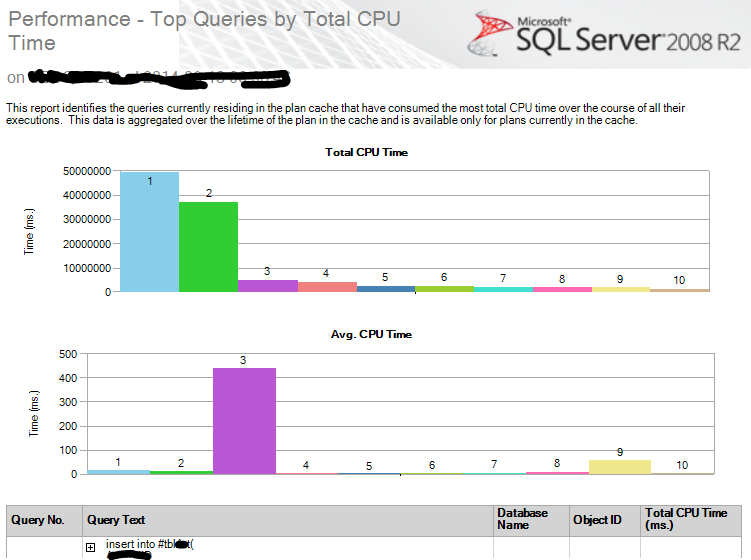Reconstructed MSDN Understanding:-
Simple E.g. You go in pub and you handover your jacket in a counter .To get your jacket back you get some token as a reference. Similarly we have session id which is generated on request made to server and it is placed cookies.
Quick Take:-
Cookie Session
1. Cookie store session id and it identify session data from server for each request and response. User agent browser to server.
2. If Session object is not created or used apart from session_start , for each new requests it creates new session IDs. Hence it is require to create session object either in session_start or any part of application.
Cookie Less Session
1. In this case session id is static and remain same for entire session period
2. Session id is stored in URL for each request and response.
There can be possibilty when there is device where cookies are disabled and in such scenario we can make use of Cookie less session. There is feature itself in asp.net by using Autodetect for UseDeviceProfile.
http://msdn.microsoft.com/en-us/library/system.web.sessionstate.httpsessionstate.sessionid(v=vs.110).aspx
http://www.iis.net/learn/application-frameworks/scenario-build-an-aspnet-website-on-iis/planning-step-2-plan-asp-net-settings
http://msdn.microsoft.com/en-us/library/vstudio/ms178581(v=vs.100).aspx
http://blogs.msdn.com/b/jaskis/archive/2009/12/23/securing-session-id-asp-asp-net.aspx
Simple E.g. You go in pub and you handover your jacket in a counter .To get your jacket back you get some token as a reference. Similarly we have session id which is generated on request made to server and it is placed cookies.
Quick Take:-
Cookie Session
1. Cookie store session id and it identify session data from server for each request and response. User agent browser to server.
2. If Session object is not created or used apart from session_start , for each new requests it creates new session IDs. Hence it is require to create session object either in session_start or any part of application.
Cookie Less Session
1. In this case session id is static and remain same for entire session period
2. Session id is stored in URL for each request and response.
There can be possibilty when there is device where cookies are disabled and in such scenario we can make use of Cookie less session. There is feature itself in asp.net by using Autodetect for UseDeviceProfile.
http://msdn.microsoft.com/en-us/library/system.web.sessionstate.httpsessionstate.sessionid(v=vs.110).aspx
http://www.iis.net/learn/application-frameworks/scenario-build-an-aspnet-website-on-iis/planning-step-2-plan-asp-net-settings
http://msdn.microsoft.com/en-us/library/vstudio/ms178581(v=vs.100).aspx
http://blogs.msdn.com/b/jaskis/archive/2009/12/23/securing-session-id-asp-asp-net.aspx


